Asus 2014 Annual Report Download - page 162
Download and view the complete annual report
Please find page 162 of the 2014 Asus annual report below. You can navigate through the pages in the report by either clicking on the pages listed below, or by using the keyword search tool below to find specific information within the annual report.-
 1
1 -
 2
2 -
 3
3 -
 4
4 -
 5
5 -
 6
6 -
 7
7 -
 8
8 -
 9
9 -
 10
10 -
 11
11 -
 12
12 -
 13
13 -
 14
14 -
 15
15 -
 16
16 -
 17
17 -
 18
18 -
 19
19 -
 20
20 -
 21
21 -
 22
22 -
 23
23 -
 24
24 -
 25
25 -
 26
26 -
 27
27 -
 28
28 -
 29
29 -
 30
30 -
 31
31 -
 32
32 -
 33
33 -
 34
34 -
 35
35 -
 36
36 -
 37
37 -
 38
38 -
 39
39 -
 40
40 -
 41
41 -
 42
42 -
 43
43 -
 44
44 -
 45
45 -
 46
46 -
 47
47 -
 48
48 -
 49
49 -
 50
50 -
 51
51 -
 52
52 -
 53
53 -
 54
54 -
 55
55 -
 56
56 -
 57
57 -
 58
58 -
 59
59 -
 60
60 -
 61
61 -
 62
62 -
 63
63 -
 64
64 -
 65
65 -
 66
66 -
 67
67 -
 68
68 -
 69
69 -
 70
70 -
 71
71 -
 72
72 -
 73
73 -
 74
74 -
 75
75 -
 76
76 -
 77
77 -
 78
78 -
 79
79 -
 80
80 -
 81
81 -
 82
82 -
 83
83 -
 84
84 -
 85
85 -
 86
86 -
 87
87 -
 88
88 -
 89
89 -
 90
90 -
 91
91 -
 92
92 -
 93
93 -
 94
94 -
 95
95 -
 96
96 -
 97
97 -
 98
98 -
 99
99 -
 100
100 -
 101
101 -
 102
102 -
 103
103 -
 104
104 -
 105
105 -
 106
106 -
 107
107 -
 108
108 -
 109
109 -
 110
110 -
 111
111 -
 112
112 -
 113
113 -
 114
114 -
 115
115 -
 116
116 -
 117
117 -
 118
118 -
 119
119 -
 120
120 -
 121
121 -
 122
122 -
 123
123 -
 124
124 -
 125
125 -
 126
126 -
 127
127 -
 128
128 -
 129
129 -
 130
130 -
 131
131 -
 132
132 -
 133
133 -
 134
134 -
 135
135 -
 136
136 -
 137
137 -
 138
138 -
 139
139 -
 140
140 -
 141
141 -
 142
142 -
 143
143 -
 144
144 -
 145
145 -
 146
146 -
 147
147 -
 148
148 -
 149
149 -
 150
150 -
 151
151 -
 152
152 -
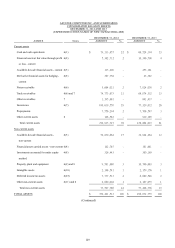 153
153 -
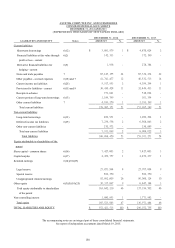 154
154 -
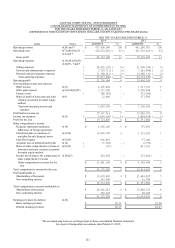 155
155 -
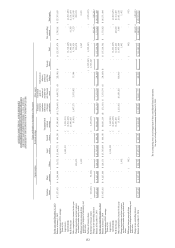 156
156 -
 157
157 -
 158
158 -
 159
159 -
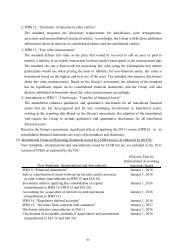 160
160 -
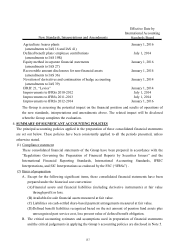 161
161 -
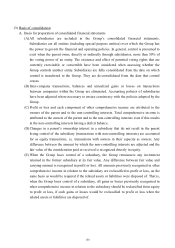 162
162 -
 163
163 -
 164
164 -
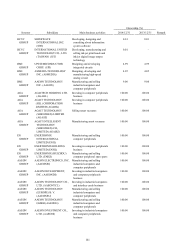 165
165 -
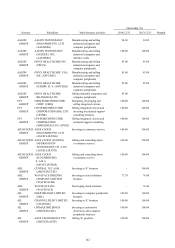 166
166 -
 167
167 -
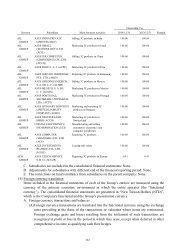 168
168 -
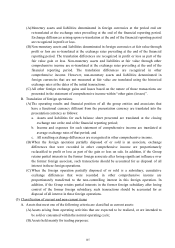 169
169 -
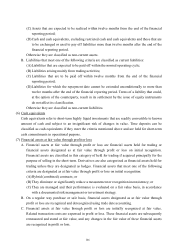 170
170 -
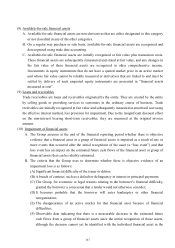 171
171 -
 172
172 -
 173
173 -
 174
174 -
 175
175 -
 176
176 -
 177
177 -
 178
178 -
 179
179 -
 180
180 -
 181
181 -
 182
182 -
 183
183 -
 184
184 -
 185
185 -
 186
186 -
 187
187 -
 188
188 -
 189
189 -
 190
190 -
 191
191 -
 192
192 -
 193
193 -
 194
194 -
 195
195 -
 196
196 -
 197
197 -
 198
198 -
 199
199 -
 200
200 -
 201
201 -
 202
202 -
 203
203 -
 204
204 -
 205
205 -
 206
206 -
 207
207 -
 208
208 -
 209
209 -
 210
210 -
 211
211 -
 212
212 -
 213
213 -
 214
214 -
 215
215 -
 216
216 -
 217
217 -
 218
218 -
 219
219 -
 220
220 -
 221
221 -
 222
222 -
 223
223 -
 224
224 -
 225
225 -
 226
226 -
 227
227 -
 228
228 -
 229
229 -
 230
230 -
 231
231 -
 232
232 -
 233
233 -
 234
234 -
 235
235 -
 236
236 -
 237
237 -
 238
238 -
 239
239 -
 240
240 -
 241
241 -
 242
242 -
 243
243 -
 244
244 -
 245
245 -
 246
246 -
 247
247 -
 248
248 -
 249
249 -
 250
250 -
 251
251 -
 252
252 -
 253
253 -
 254
254 -
 255
255 -
 256
256 -
 257
257 -
 258
258 -
 259
259 -
 260
260 -
 261
261 -
 262
262 -
 263
263 -
 264
264 -
 265
265 -
 266
266 -
 267
267 -
 268
268
 |
 |

158
(3) Basis of consolidation
A. Basis for preparation of consolidated financial statements
(A) All subsidiaries are included in the Group’s consolidated financial statements.
Subsidiaries are all entities (including special purpose entities) over which the Group has
the power to govern the financial and operating policies. In general, control is presumed to
exist when the parent owns, directly or indirectly through subsidiaries, more than 50% of
the voting power of an entity. The existence and effect of potential voting rights that are
currently exercisable or convertible have been considered when assessing whether the
Group controls another entity. Subsidiaries are fully consolidated from the date on which
control is transferred to the Group. They are de-consolidated from the date that control
ceases.
(B) Inter-company transactions, balances and unrealized gains or losses on transactions
between companies within the Group are eliminated. Accounting policies of subsidiaries
have been adjusted where necessary to ensure consistency with the policies adopted by the
Group.
(C) Profit or loss and each component of other comprehensive income are attributed to the
owners of the parent and to the non-controlling interests. Total comprehensive income is
attributed to the owners of the parent and to the non-controlling interests even if this results
in the non-controlling interests having a deficit balance.
(D) Changes in a parent’s ownership interest in a subsidiary that do not result in the parent
losing control of the subsidiary (transactions with non-controlling interests) are accounted
for as equity transactions, i.e. transactions with owners in their capacity as owners. Any
difference between the amount by which the non-controlling interests are adjusted and the
fair value of the consideration paid or received is recognized directly in equity.
(E) When the Group loses control of a subsidiary, the Group remeasures any investment
retained in the former subsidiary at its fair value. Any difference between fair value and
carrying amount is recognized in profit or loss. All amounts previously recognized in other
comprehensive income in relation to the subsidiary are reclassified to profit or loss, on the
same basis as would be required if the related assets or liabilities were disposed of. That is,
when the Group loses control of a subsidiary, all gains or losses previously recognized in
other comprehensive income in relation to the subsidiary should be reclassified from equity
to profit or loss, if such gains or losses would be reclassified to profit or loss when the
related assets or liabilities are disposed of.
